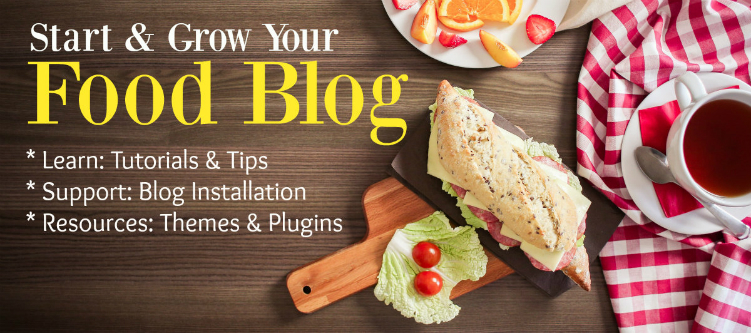
Ramya leads the Content writing team at Digital SEO Chennai & with her MBA background, she has versatile knowledge about various verticals. She applies her decade and a half of experience in her work which gets imparted to the clients of Digital SEO. Being a mother and cook, Ramya dedicates this post to all those friends and mothers who run cooking blogs or plan to start one on the internet.
Many food bloggers in the present day may not give due importance for SEO but it is high time to jump into the bandwagon especially after Google’s algorithm updates where recipes from SEO friendly blogs are gaining ground over the not-so SEO friendly ones. Encouragingly it isn’t a big deal to make your blog SEO friendly and all that it requires are some basic things that are done in the right way.
Structuring and clear patterns is the way to go – search engines love them. It is important that you have a definite structure for all the recipes that you post online and the blog follows a certain pattern. This helps search engines to identify them better and hence there lies the chance of increasing your blog’s visibility. You would have heard loads about how ‘Content is King’ – yes it is, but you will be wise to remember that ‘Structure is the Queen’.

You need to go through the structures of popular recipe sites, understand the pattern, know how it’s done and replicate it – no, it is not recommended that you copy (never do that!) but understanding the structure and presentation will help in changing your style to suit the kind of recipes, recommendations and tips that your offer in your food blog. Always stick to your style as it will be your USP (Unique Selling Proposition).
Also Read: Tips to Make Your WordPress Site Unique
The more your food blog mirrors a recipe site, and more the consistency of recipes across pages, the more likelihood of your blog being ranked, found and loved by the search engines. The best bet is to hire SEO professionals and let them do their job while you relax and do what you know to do best – writing recipes and experimenting! But, if you are one of those who aren’t able to shell out a few bucks, then here are some top tips that can help you in being recognized by search engines.
Be Consistent with Your Titles
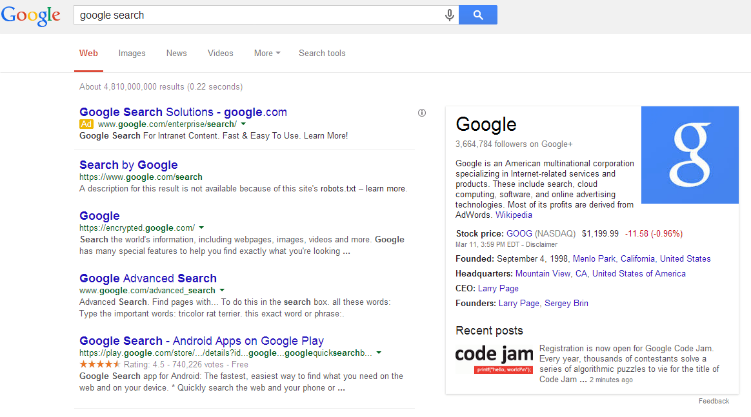
Ensure that the name of the recipe coincides with the title of the blog, the Meta title and the same is also mentioned in the Meta description. Also ensure that the title tags carry the name of the recipe and is restricted to 70 characters putting the most important words in front.
Be Consistent With The Description of the Recipe
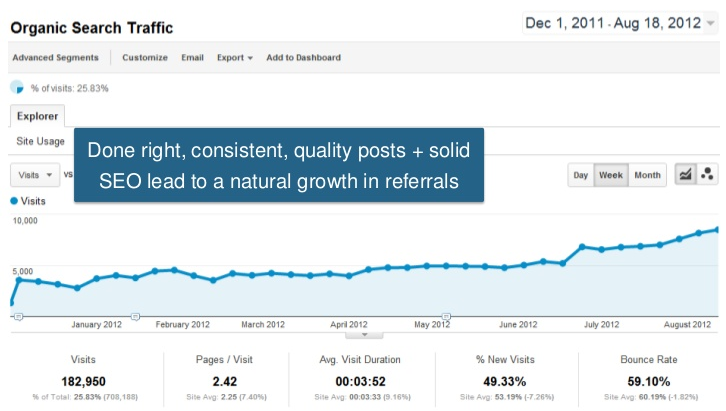
No matter which words you use – Method, Directions or Instructions to describe the preparation of the recipe, stick to the same description. Do not change it in-between and let all your recipes carry the same words. Search engines get confused if you interchange the terms.
Be Consistent With Your Heading Styles

It is no brainer that all the titles of your posts have either a <H1> tag or a <H2> tag to it. This enables them to look larger in the page. You will do well to remember that the larger headings are <H2> mostly and search engines give more priority to these larger headings in a blog. Smaller headings or subtitles are given as <H3> which makes these look smaller in size. It is important to differentiate this as search engines get confused if there are two large headings in the same blog. Make sure that you follow these heading styles across all recipes in your blog. If you are using <H1> tag for titles and <H3> tags for subtitles ensure that all your posts use the same combo.
Use HTML List Elements
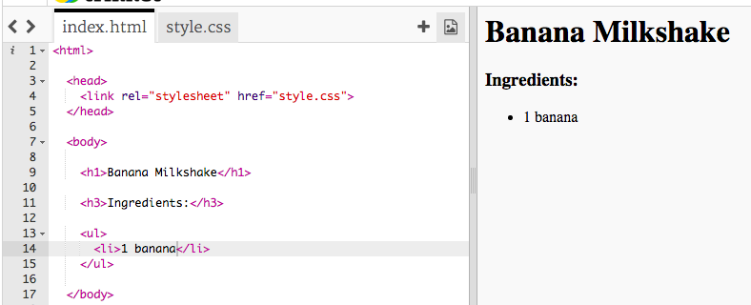
Bulleted and numbered lists for instructions, directions, etc. are HTML list elements. These offer a neat visual presentation apart from an organized SEO structure to the post. For subtitles such as ‘instructions’ ‘directions’, etc. it is best to use either bulleted or numbered lists instead of free flowing content. This helps search engines segregate between orderly and not-so-orderly lists. No prizes for guessing, orderly lists get the upper hand when it comes to search engines.
Focus on One Recipe Per Page
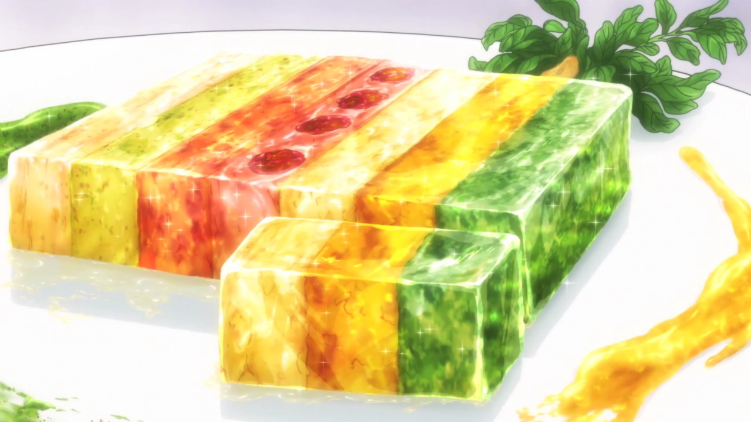
The subject focus of a page needs to be on one particular topic or recipe. Never cluster two or three together thinking that similar ones can be grouped. Search engines are sensitive to focused information. It also adds value to your blog as a recipe per page can boost additional page views and serves targeted ads such as ad sense. This enhances your blog in the purview of the search engines as it will have more than one URL to index.
Call Out Signals for Sub Recipes Inside Recipes

At times, some recipes can have sub-recipes merged inside the main recipe. They will not be part of the ingredients – as in the case of special sauces and specific cooked garnishing. You need to have special call out signs for these sub-recipes. The call out signs can be as simple headers such as ‘For the sauce’ and ‘For the Garnishing’ – but ensure that you do not follow the same HTML element for these sub recipes. If you are using bullets and numbering for your ingredients, do not place them under that list. Identify it separately; such specific call signs communicate to the search engine that you know what you are doing which will in turn benefit your blog.
Number of Words
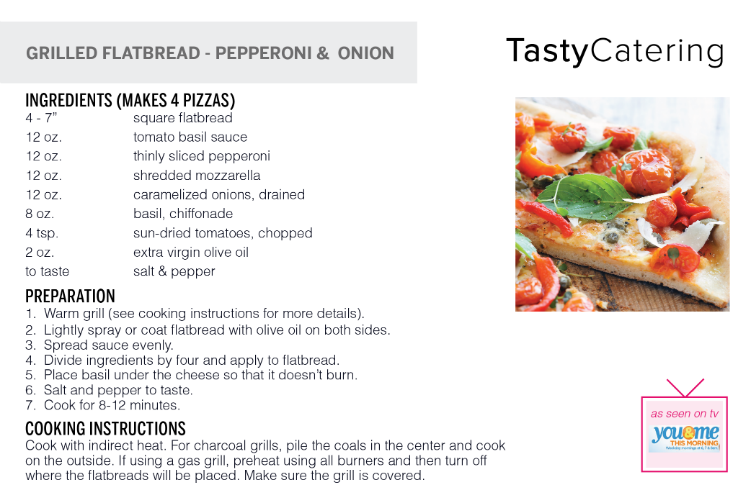
It is important not to make it too short or too long. Strive for a word length of 200 – 700 words which will be ideal for any recipe. Scrap all the unnecessary talk and stick to what you intend to deliver. Ensure that you make it key-word rich – you need to do some analysis on this. A keyword rich content will make your blog prominent on searches.
Meta Descriptions
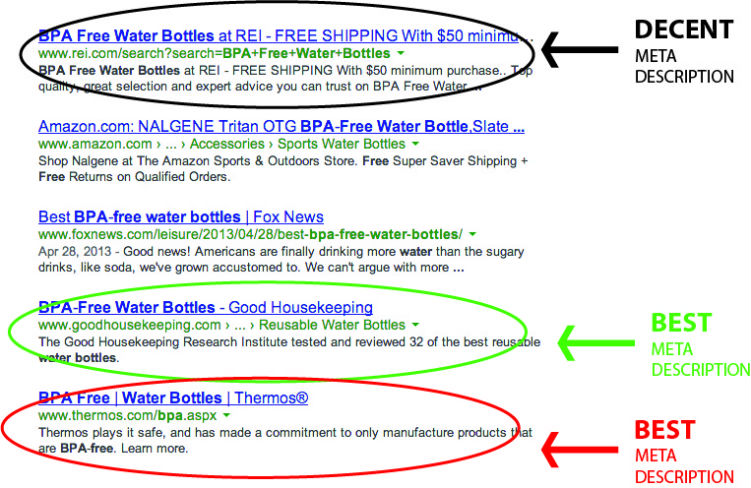
Meta descriptions are those words that show up on the searches below the title tag. Do not exceed more than 30 words. Keep it simple, precise to the info you want to convey and make it keyword rich. Your click through rates largely depend on Meta descriptions.
Add Photos

A picture speaks a thousand words – add photos of the finished dish along with the recipe for added advantage. Match the title of the post to that of the photo. If there are more than one photo for the same recipe, add descriptions to it. Add ‘-‘ instead of space between the name description given to the photo. Search engines will understand that each word is separate when they see dashes in between e.g. Spanish-Stew-Brown-In-Olive-Oil.
Following the above given tips will easily help in adding more consistency and structure to your Food Blog that benefits both readers as well as search engines. This can be done with practically no additional workload. For proper and continual SEO optimization, it is recommended that you hire the service of professionals.
Latest posts by Digital SEO Blog (see all)
- Schema in SEO: Maximising SEO Potential - March 18, 2024
- Boost Your Site’s SEO with Clever Internal Linking - February 29, 2024
- Best Strategies to Mastering Mobile First Content for Digital Dominance - January 3, 2024


